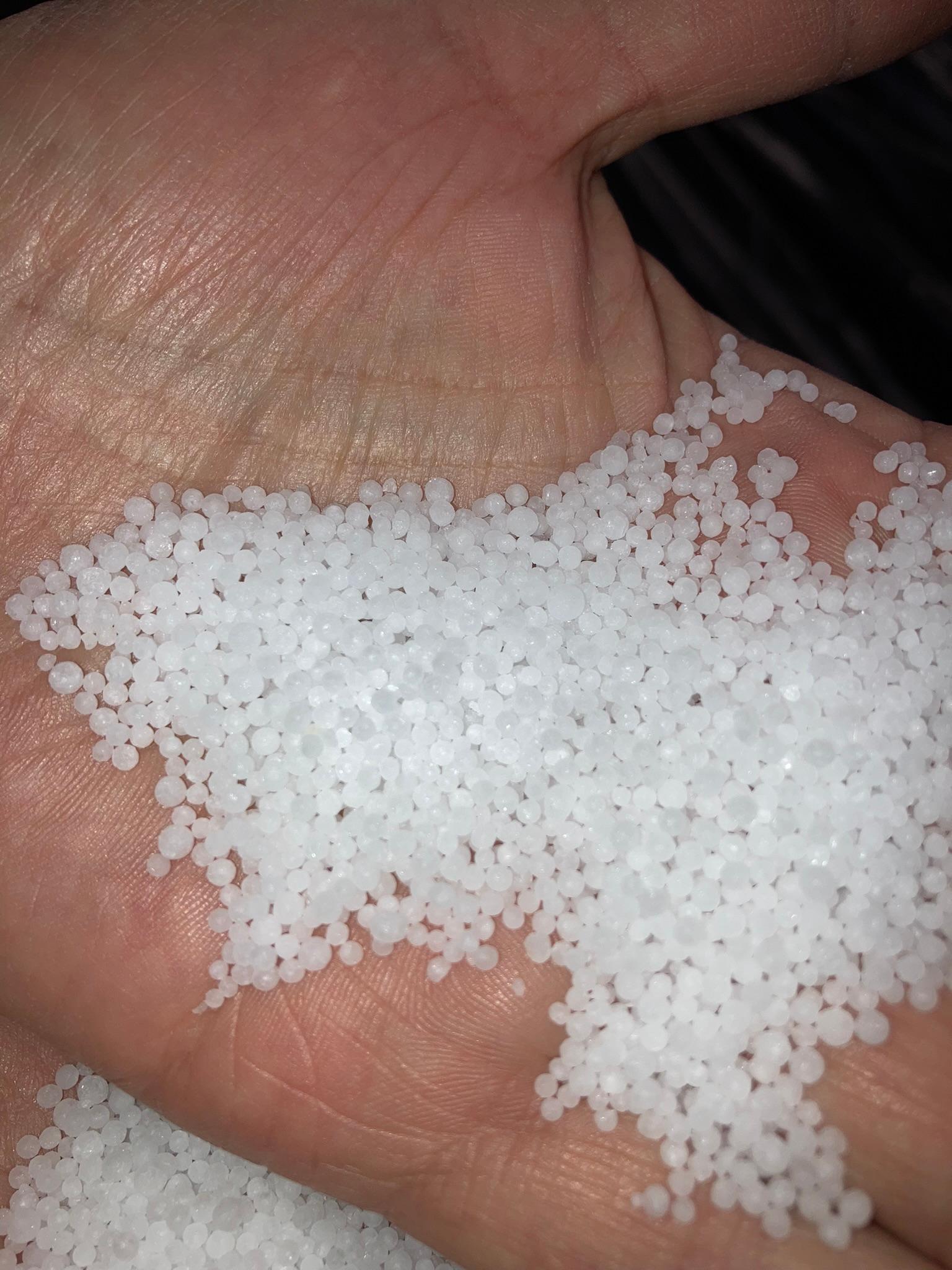Explore all the information on
Vitamins and minerals in dairy cattle nutrition
Welcome to the page about Vitamins and minerals in dairy cattle nutrition of Engormix; a source of knowledge on Vitamins and minerals in dairy cattle nutrition.
These attributes make prilled urea the preferred option for livestock • Has typically a uniform size and a smooth surface. • Is often used in animal feed formulations due to its ease of handling. • Dissolves relatively quickly in water, making it readily available as a source of nitrogen for livestock. "Our certification is your peace of mind"...
Comments : 0
Recommendations: 1
Dairy cows are truly remarkable creatures. Consider the rapid transformation of a modern Holstein cow, going from zero to producing as many as 50 kilograms of energy-corrected milk per day in just 3 to 4 weeks of lactation. Such incredible production demands dynamic and integrated adaptations in multiple tissues to cope with...
Comments : 0
Recommendations: 1
Dr. Mubarak Ali from Evonik Animal Nutrition shares his insights on how to achieve sustainability by balancing rations for amino acids in dairy farming...
Comments : 1
Recommendations: 1
We are back at the Real Science Exchange and invite you to pull up a chair and join us to discuss the effects of heat stress on late gestation cows. Dr. Geoff Dahl with the University of Florida and Dr. Jimena Laporta with the University of Wisconsin-Madison, join Scott Sorrell and Dr. Clay Zimmerman. ...
Comments : 2
Recommendations: 2


Bioavailability of rumen-protected methionine: Mepron® contains the highest metabolizable methionine content among commercially available products
Suggested link
Dr. Stefano Vandoni presents during Balchem and AB Vista's sponsored event at TotalDairy UK, "Choline: it's not optional, it's required."...
Comments : 3
Recommendations: 5
Introduction Downer cow syndrome (DCS) is defined as lateral or sternal recumbency that persists for longer than 24 hours [1], or that persists for longer than two weeks despite of treatment [2]. The incidence of this syndrome ranges from 4.5 to 14% [3]. Downer cow syndrome can be seen in all stages of the animal’s reproductive cycle but the majority of all downer cows are diagnosed shortly after parturition. A multitude of metabolic, infectious, toxic, degenerative and...
Comments : 0
Recommendations: 0
Listen and watch as Philip Metcalfe of Metcalfe Farms in Leyburn, North Yorkshire shares his success with ReaShure-XC from Balchem. While using ReaShure-XC, Metcalfe Farms found improvements in: Milk yield (+2.3 kg/day). Transition into the milking herd. Metabolic diseases. Overall cow health. All cows can benefit from ReaShure-XC...
Comments : 0
Recommendations: 1
Dr. Ryan Ordway's presentation during EuroTier. Watch New Developments in Transition Cow Nutrition...
Comments : 0
Recommendations: 1
Transformation of amino acids and specialties operating models to adapt to market dynamics
Investment in global hubs to improve supply security, cost position and sustainability profile
Annual cost savings of €200 million from 2025 onwards
Evonik is transforming the operating model of its Animal Nutrition business to further increase its customer focus, ensure competitiveness and enable further profitable growth. Moving forward, the amino acids...
Comments : 0
Recommendations: 0
There is no general consensus about a method to assess the bioavailability of rumen-protected methionine (RPM). Measuring methionine (MET) concentrations in blood can be misleading because of differences in the coating technology, which impacts the release of MET. Indeed, MET from Mepron® (85% DLM; Evonik) is protected with ethylcellulose and is released during intestinal “abrasion” of the coating, leading to its slow release into the blood. Conversely, RPM products coated...
Comments : 1
Recommendations: 2


Bioavailability of rumen-protected methionine: Mepron® contains the highest metabolizable methionine content among commercially available products
Suggested link
Dr. Ryan Ordway, Global Director of Strategic Accounts at Balchem, explains how Balchem has become a leader in rumen-protected methionine and also about its ongoing research and development projects
...
Comments : 0
Recommendations: 0
Dr. Mubarak Ali, Senior Technical Service Manager Asia South at Evonik Animal Nutrition, points out the importance of using amino acids in dairy cattle Importance of Amino Acids in Dairy Cattle, for better performance and greater sustainability....
Comments : 0
Recommendations: 1
“Spotted” or “mottled” eggshells are those that show many translucent spots during candling. Under normal light, the eggs may appear marble-like. The translucent spots are areas where the eggshell structure is disorganized and has become thinner and weaker. The normal eggshell has many pores to allow the gas exchange...
Comments : 2
Recommendations: 0
Dr. Flamenbaum is a world-renowned agriculturist, bringing over four decades of expertise to the field of dairy cattle – specializing in strategic planning of dairy projects in warm climates, with emphasis on the relief of heat stress. ...
Comments : 1
Recommendations: 1
...
Comments : 1
Recommendations: 1
INTRODUCTION Balchem now manufactures a high-quality, ruminally protected choline product called ReaShure®-XC Rumen Protected Choline, the next generation of ReaShure which provides bioavailable choline in a more concentrated product. Choline is an essential nutrient that enables cows to utilize the fat (NEFA) mobilized from body stores. The production of NEFA is the cows’ natural way of managing negative energy balance during the early stages of lactation and...
Comments : 1
Recommendations: 0


Bioavailability of rumen-protected methionine: Mepron® contains the highest metabolizable methionine content among commercially available products
Suggested link
Fabiano Favarin, Global Business Director-Vitamins at Adisseo, points out the relevance of the range of vitamins that Adisseo offers for the animal nutrition industry...
Comments : 0
Recommendations: 1
Claudia Parys, Ruminant Nutritionist - Global Technical Support at Evonik Animal Nutrition, points out how to evaluate the cost-effectiveness of rumen-protected amino acids, the concept of Amino Acid Balancing (AAB), and more topics in this video...
Comments : 1
Recommendations: 3
Bradley “Scott” Sorrell, Director of Global Marketing, Animal Nutrition & Health at Balchem, describes Balchem’s Choline Encapsulation Technology for the Dairy Industry...
Comments : 0
Recommendations: 1
Balchem has been perfecting the art of microencapsulation for more than 50 years and has spent nearly 30 years applying this technology to dairy animals to protect compounds from ruminal degradation. Balchem launched its first animal nutrition product - ReaShure® Precision Release Choline - in late 1999. Through encapsulation, ReaShure passes safely through the rumen to the abomasum and small intestine to effectively deliver choline, an essential nutrient required by dairy cows....
Comments : 1
Recommendations: 0



















